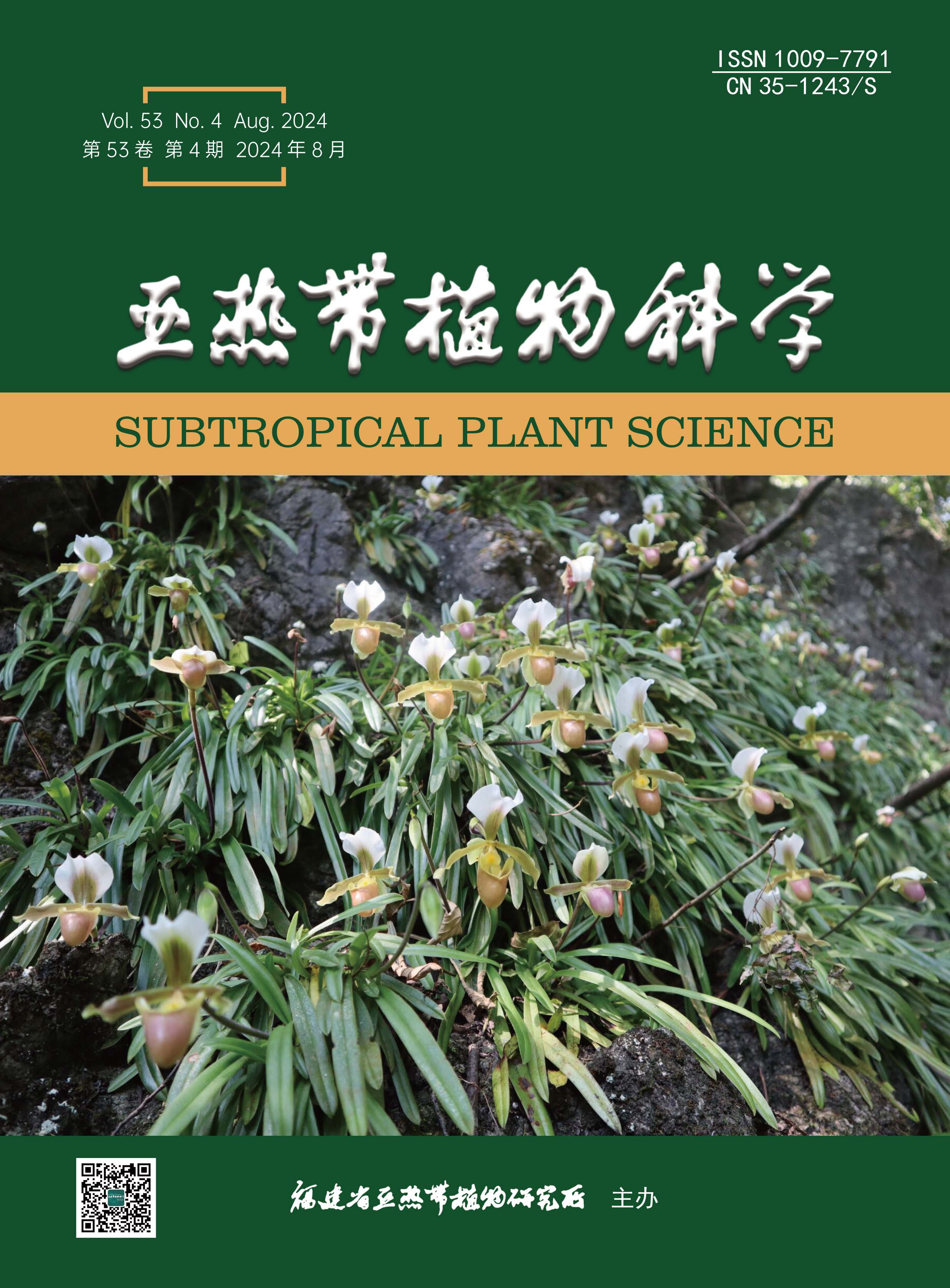|
|
Quantitative Analysis of Flue-cured Tobacco Leaf Color with Row Spacing and Density Configuration
ZHOU Xiao-feng, HUANG Hui, ZHOU Wen-liang, ZHAO Zhen-feng, PAN Heng-de, WU Feng, HUANG Yan-zhang, LI Zhang-hai, ZHU Ying-hua
2024, 53(4):
331-340.
DOI: 10.3969/j.issn.1009-7791.2024.04.006
In order to clarify the influence of different row spacing and planting density configurations on the color of flue-cured tobacco leaves, the color parameters of front and dorsal of flue-cured tobacco leaves under different row spacing (R1, 110 cm and R2, 120 cm) and planting density (D1, 16500 plants·hm–2 and D2, 19500 plants·hm–2) were measured by a color difference meter. The results showed that compared to R1, the color parameters of R2 were significantly decreased such as the brightness uniformity value (ΔL1), redness value (a) and color difference uniformity value (ΔE1). Compared with D1, the color parameters of R2 were significantly increased such as brightness value (L), yellowness value (b) in leaf tip and middle, yellowness difference (Δb), redness difference (Δa) and yellowness uniformity value (Δb1) in front of leaf, while hue angle (H) of D2 was significantly decreased. In the interaction between row spacing and planting density, L of R2D2 was significantly higher than that of R1D1. a of R1D1 was significantly higher than that of R1D2 in front of leaf, and Δa of R1D2 was significantly lower than that of other treatments. Δb of R1D1 and R1D2 was significantly lower than that of R2D2, while the Δb1 of R1D1 was significantly lower than that of R2D2. ΔE1 of R2D2 was significantly lower than that of other treatments in front of leaf, and the ΔE1 of R2D1 and R2D2 in dorsal of leaf was significantly lower than that of R1D2. The H of R1D1 was significantly higher than that of R1D2 and R2D2. In conclusion, the arrangement of 120 cm row spacing and planting density of 16500 plants·hm–2 was conducive to the improvement of a, b, uniformity and H of primary flue-cured tobacco leaves, and promotes the formation of high appearance quality tobacco leaves in Baise Valley tobacco area.
References |
Related Articles |
Metrics
|
